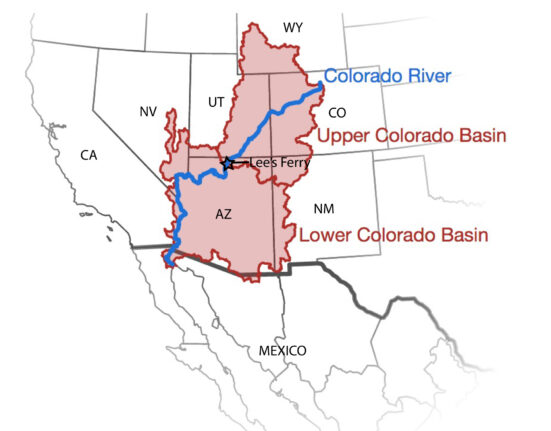Illinois is facing a crucial environmental challenge to safeguard the Great Lakes from the threat of invasive Asian carp. The state has taken possession of a 50-acre riverbed in Chicago, aiming to prevent these destructive fish from reaching Lake Michigan. This strategic move highlights the urgent need to protect one of North America’s most vital freshwater resources.
The Brandon Road Interbasin Project, a $1.1 billion initiative, is at the forefront of Illinois’s efforts to combat the invasive carp species. This project involves building a barricade to prevent these highly predatory fish from infiltrating the channel connecting the Mississippi River Basin with the Great Lakes. However, there is a significant hurdle that must be overcome – contaminated land previously occupied by a coal-fired power plant.
The polluted site poses challenges as it needs remediation before construction can begin on the protective barrier. Despite concerns about pollution and public health risks associated with coal ash contamination, Midwest Generation, the former operator of the power plant, has been reluctant to allow access for assessment and cleanup. This delay further complicates Illinois’s race against time to halt the carp invasion.
Don Jodrey, Director of Federal Relations for Alliance for the Great Lakes, underscores the critical importance of securing and cleaning up additional lands promptly:
“Those lands are needed right now.”
The longer Illinois delays action, the greater the risk posed by invasive carp entering Lake Michigan and beyond.
While Illinois grapples with environmental remediation issues left behind by Midwest Generation’s bankruptcy in 2012, Governor JB Pritzker praised their contribution of land for the Brandon Road project. With federal funding secured and White House support reaffirmed, efforts to mitigate this ecological threat have gained momentum.
Invasive carp species such as bighead, black, grass, and silver carps have proliferated in waterways across Illinois since their accidental release into American ecosystems decades ago. These highly adaptable fish not only outcompete native species but also pose risks to recreational activities due to their disruptive behavior like leaping out of water when startled.
Cory Suski from University of Illinois Urbana-Champaign describes encountering thousands of leaping carp as witnessing “a carp factory.
” While measures like rebranding them as “
copi” for culinary promotion and incentivizing their commercial fishing have been implemented, more robust interventions like underwater barriers become imperative near Lake Michigan.
The complex endeavor involving multiple stakeholders raises concerns about costs and responsibilities related to pollution cleanup amidst legal battles over hazardous waste management practices. Faith Bugel from Sierra Club emphasizes ongoing litigation with Midwest Generation regarding toxic pollution violations that demand swift resolutions.
As Illinois races against time between preventing an imminent ecological crisis caused by invasive carp encroaching upon Lake Michigan and managing toxic pollution legacies left behind by industrial activities, critical decisions will shape both environmental sustainability and economic well-being in this region.









Leave feedback about this